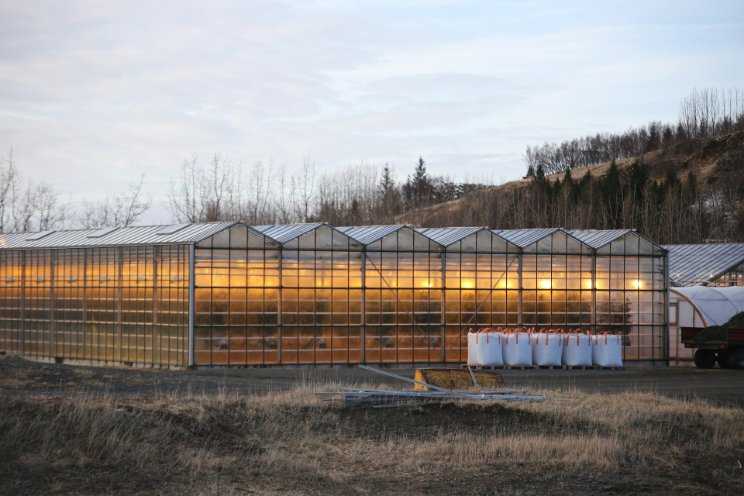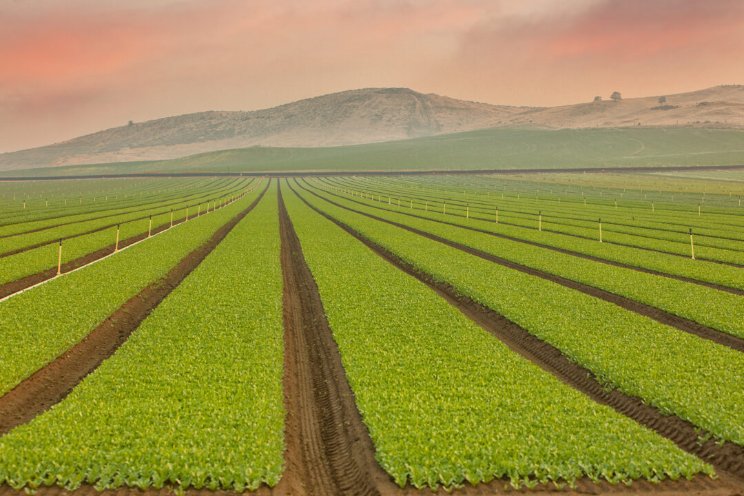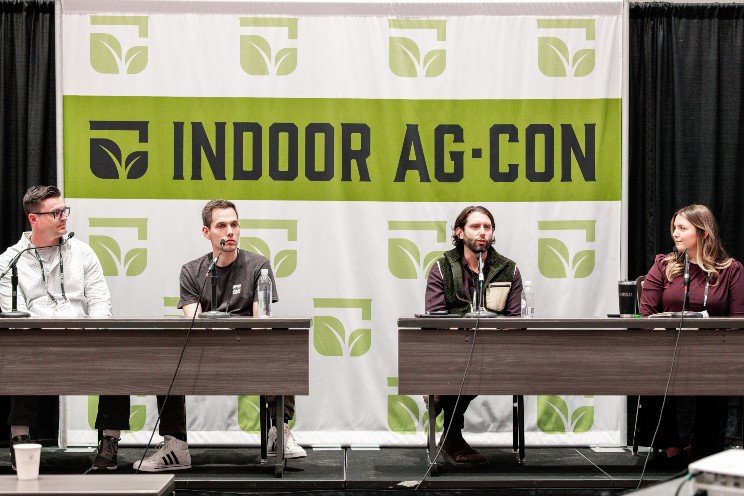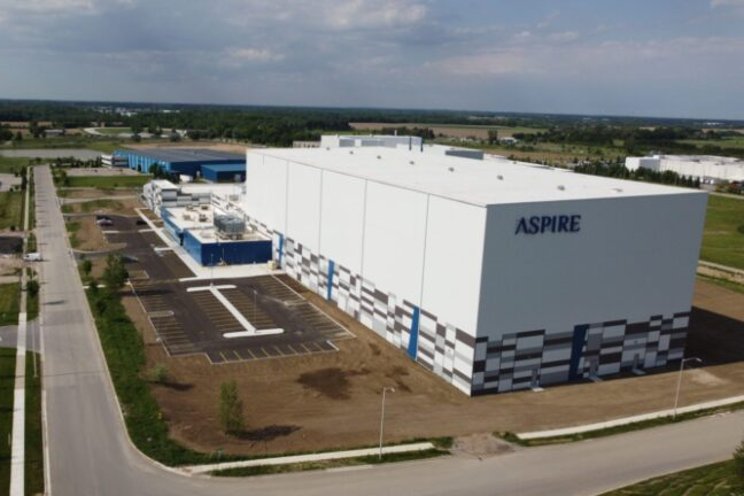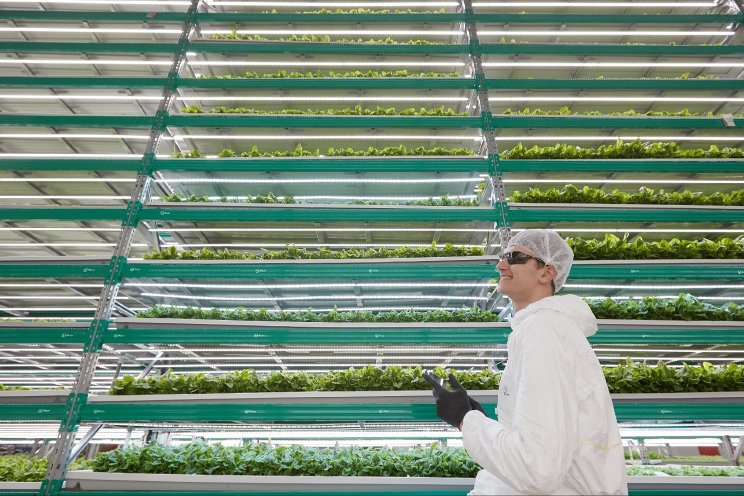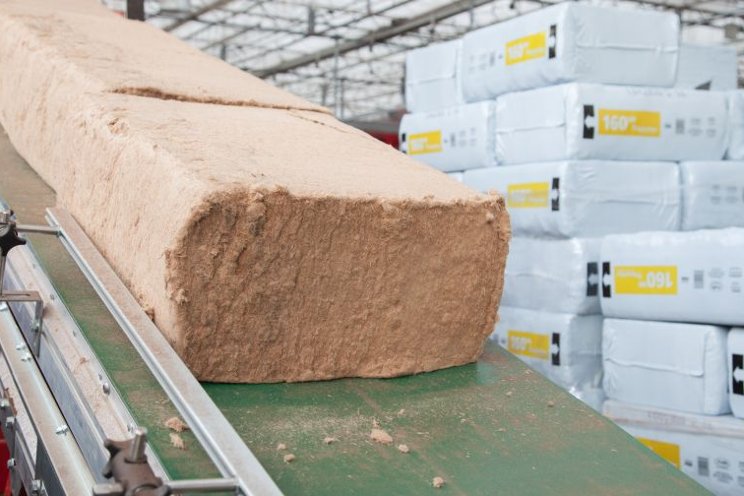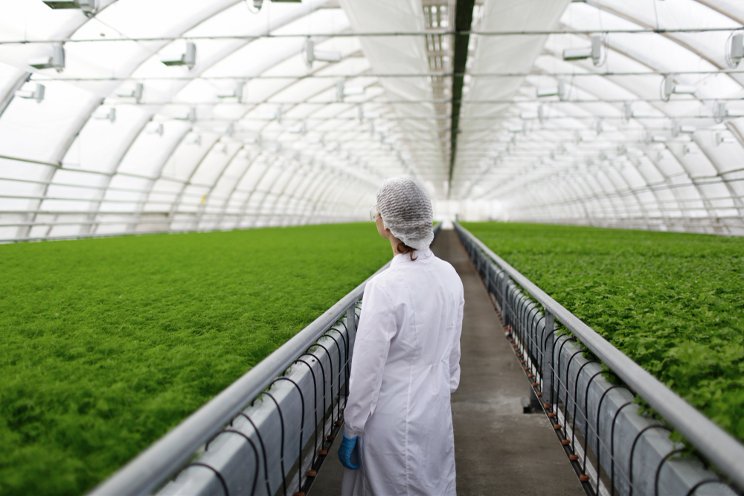How many working hours does it take to run a vertical farm?
Added on 05 October 2021

That's what we'll explain in this article, with an example based on a vertical farm run using iFarm's management technologies (including software for farm decision making and documentation) and farming inputs (from shelving to seeds and other materials).
To talk details about employment needs for your own vertical farm, you can always get in touch with us here.
Employees vs. Automation
The main factor determining how many employees a vertical farm will require is the degree of automation of the farm.
The sky really is the limit when it comes to automating a vertical farm. Nearly every activity can be automated.
Since vertical farms offer unprecedented levels of control over all of the elements (including temperature, humidity, light, pests and more) operators can choose to design their farms with a much higher level of automation than what would be possible in the semi-controlled environment of a greenhouse, for example.

But of course, the higher the degree of automation (and control), the higher the initial price tag (CapEx) to build the farm. Installing trays that move automatically and robots that take care of seeding and harvesting roughly doubles the initial price tag of building a vertical farm.
Meanwhile, operating costs (OpEx) will be lower on farms with higher degrees of automation. That's why it's always necessary to consider local salary levels when calculating the long-term cost efficiency of automation.
iFarm Employees and Their Tasks
So of course, the number of employees on an iFarm can vary greatly based on automation, as well as the size (measured in square meters of growing space) and specific goals of the farm.
Smaller farms — about 300 square meters or less — require minimal staffing. And just one person can often handle all tasks for an iFarm with around 100 square meters of growing space.
But in this article, we're using an example of a mostly manual iFarm with 1,000 square meters of growing space. (We'll cover the topic of automation in more detail in upcoming posts.)
On that kind of farm, employees are responsible for a range of farming tasks, including preparing the planting containers, sowing the seeds, cleaning the farm facility, and harvesting and packaging the final product. (Employees aren't limited to just one role or function; one person can perform multiple tasks.)
A total of 1,220 employee work hours are required per month. Let's break down the tasks that those hours are dedicated to:
Sowing Seeds
The first step in the growing process is planting seeds directly in a "cassette", or planting tray with small sections for each plant. This is the beginning of the crops' lifecycle.
Germination
After the seeds have been planted, the cassettes are moved to a germination chamber, which has higher heat and humidity than the other areas.
The chamber is a recent innovation at iFarm that has increased our germination rate from about 85 to 90% up to nearly 100% — a boon for our farms' efficiency and profitability. It also increases the speed of germination, with most plants germinating in just one to three days.
Planting Area
When the seeds have germinated, the cassettes are grouped into "cells", which are then stacked on shelves, and they remain in the planting area for about 10 days.
Moving Seedlings to the Main Growing Area
Once the seedlings have outgrown the cassettes, farm employees transplant them to larger trays or palettes and move them to the main growing area.
There, they are stacked on shelves under LED lights for about 15 days before being harvested.
Click here to read more on iFarm.
All Photo Courtesy of iFarm
Source: iFarm
More news


